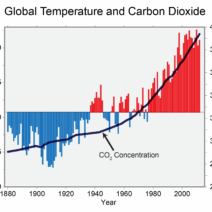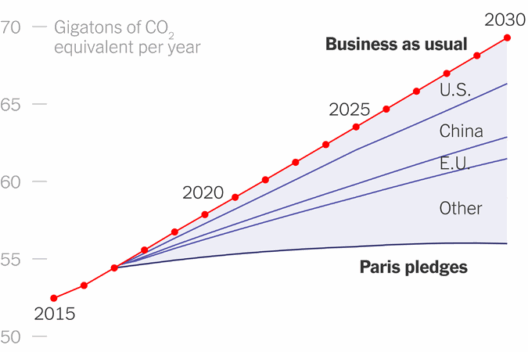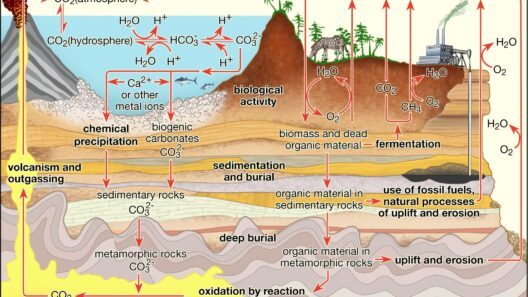As we grapple with the escalating repercussions of climate change, power consumption has emerged as a critical battleground in the fight against global warming. “Powering Down, Cooling Up” serves as a pivotal philosophy advocating for a myriad of strategies aimed at reducing electricity usage. This encompasses innovative technologies, behavioral modifications, and systemic changes in how energy is harnessed and consumed.
To comprehend the relationship between electricity consumption and global warming, one must first recognize that the majority of electricity is generated from fossil fuels. These sources—coal, natural gas, and oil—emit copious amounts of carbon dioxide (CO2) and other greenhouse gases when burned. The very act of flipping a switch or plugging in an appliance places an invisible burden on our atmosphere. Thus, habitual electricity savings can catalyze a substantial reduction in our collective carbon footprint.
An examination of energy-efficient alternatives reveals a clear path forward. Transitioning to LED lighting, for instance, can yield up to 75% more efficiency compared to traditional incandescent bulbs. This small shift not only conserves electricity but also translates to lower utility bills, creating a compelling incentive for consumers. Such financial benefits can bolster the notion that conserving energy is not merely an act of altruism but also an economically savvy decision.
But the impact doesn’t stop at the direct savings. Efficient lighting systems contribute to a ripple effect, diminishing the demand for energy production, thereby curtailing emissions from power plants. This cascading effect extends to other arenas as well. For example, high-efficiency appliances—integrated with smart technology—have the dual capacity to conserve energy while optimizing performance. These products can adjust their operations based on real-time data, enhancing user experience while championing sustainability.
Nonetheless, the importance of behavioral change cannot be overstated. Engaging individuals and communities in energy conservation efforts can amplify the overarching objective of reducing CO2 emissions. This task can be approached through educational campaigns and community initiatives that underscore the benefits of simple practices, such as unplugging devices when not in use or employing energy-efficient habits, like doing laundry with cold water.
Moreover, a collective transformation in mindset regarding energy consumption can yield significant dividends. Consider this: the average household wastes a significant portion of electricity on phantom loads—energy consumed by devices when they are switched off but still plugged in. Encouraging families to adopt a ‘power-down’ mentality can mitigate these losses and foster a culture of mindfulness towards energy consumption.
In corporate settings, businesses can adopt similar energy-intensive practices that impact their bottom line while contributing to global warming mitigation. By conducting energy audits, companies can identify areas for improvement and invest in necessary upgrades. The adoption of energy management systems can facilitate real-time monitoring of resource use, engendering a culture of accountability and commitment to sustainability.
Such innovations underscore the transformative potential of renewable energy sources. The integration of solar panels, wind turbines, and other renewable technologies does not merely represent an alternative energy pathway; it symbolizes an existential shift in how we perceive power generation. As we liberate ourselves from the constraints of fossil fuel dependency, we move closer to a sustainable equilibrium in energy consumption.
Retrofitting existing structures to harness renewable energy sources is another promising avenue towards diminishing electricity use. By upgrading insulation, windows, and heating systems, buildings can be optimized for energy efficiency. Such interventions not only reduce the collateral environmental damage but also enhance the comfort and quality of life for occupants.
The synergy between energy conservation and climate change policies is crucial. Governments are increasingly recognizing the imperative of energy-efficient standards in building codes and appliance regulations. However, this necessitates a nuanced approach. Policy frameworks must support innovation and investment in clean energy technologies, while simultaneously fostering public engagement around conservation initiatives.
The implications of these conservation strategies extend beyond individual actions, resonating within the community. Grassroots movements advocating for renewable energy transitions and energy-saving policies bring people together and instill a sense of shared purpose. These collective actions amplify the impact of power savings and create a resilient society poised to confront ecological challenges.
A shift towards a greener future is incumbent upon individuals, businesses, and policymakers committing to the principle of “Powering Down, Cooling Up.” This framework serves as a compass, guiding us towards methodologies that prioritize tree-hugging over habitual consumption. Therefore, let curiosity inspire reform. Drastic changes often begin with simple inquiries that challenge the status quo, and by embracing targeted energy conservation efforts, we can illuminate a path toward a more sustainable future.
Climate change, an omnipresent specter, demands urgent action. Inactivity is no longer an option. By championing energy preservation efforts and promoting a sustainable energy paradigm, we not only combat global warming but also cultivate a legacy where future generations thrive in harmony with nature. The time to pivot our perspective—from passive consumers to active stewards of our planet—is now, and the promise of a cooler, more sustainable world awaits us.








